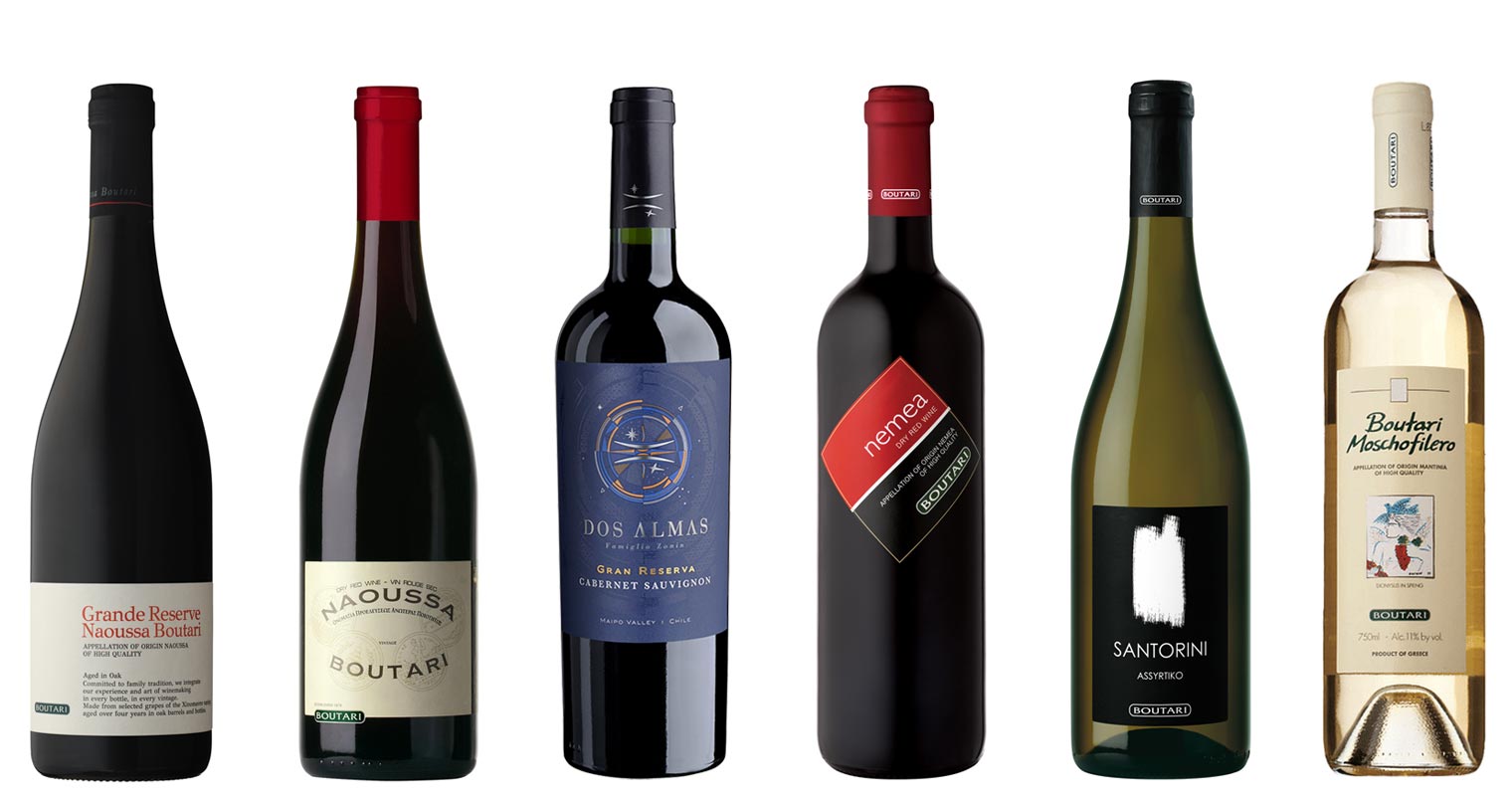

A single glass of wine is typically priced at the wholesale cost of the entire bottle.
That means that a bottle that costs $10 wholesale equates to a $10 glass of wine at your bar or restaurant. Your markup depends on how many glasses you pour from the bottle.
Our job at Chilled is to suggest wines for your wine-by-the-glass bar program. Each online issue will highlight a handful of wines that meet our criteria of quality and affordability. The wines chosen will please the palate on their own or when served with food. This week, we’re discussing the best wines by the glass to offer at a Greek restaurant.
Much of Greek culture revolves around food and wine, and its cuisine can be described as down to earth. Many Greek dishes are available around the world, while others can only be found in specific Greek regions. If you’re in the world’s largest cosmopolitan cities (and even many smaller ones), you’re certain to find Greek restaurants featuring the country’s specialties, such as spanakopita, tzatziki, moussaka, pastitsio, kotosoupa, horiatiki salata (Greek salad), souvlaki, gyros, grilled octopus, yemista, dolmades, baklava, and keftedes.
The wines that pair with this food, plus numerous other Greek offerings, are extensive. Should you serve only Greek wines at your Greek restaurant, or should you provide both Greek and international varieties? The answer is simple: You should serve wines from anywhere in the world that pair well with the food. In fact, most of the wine from the Mediterranean region mimics the Greek wine expression.
Greek grapes have always flown under the radar, but that is changing. A few Greek varietals are starting to become noticed in the wine world. Ximomavro and Assyrtiko are currently front and center in the wine world and receiving the recognition they deserve.
Pairing Greek food with wine is quite simple if you follow a few rules. Fish dishes pair best with lighter-bodied wines, while red meat dishes pair well with bigger, heavier wines. These are the classic pairings, but we all know that each dish calls for its own wine counterpart. Greek food is quite straightforward, but it’s not all lamb and grilled fish. Vegetables and cheese dominate the third sector, whether on their own or as part of a dish. These six wines focus on all aspects of Greek dining.
2012 Boutari Grande Reserve Naoussa
This is one of the prime examples of the complex, indigenous Greek Xinomavro grape. Aged four years—two of which are in new French oak—this overly structured, well-balanced, full-bodied wine is the answer for lamb, duck, karamanlidika sausage, or any form of grilled meat. It’s an elegant wine that drinks well above its price point.
Suggested glass price: $15

2012 Boutari Grande Reserve Naoussa
2016 Boutari Naoussa
Boutari Naoussa is a full-bodied and balanced red wine that’s made with the Xinomavro grape. It pairs extremely well with game and grilled meats and makes for an excellent value, especially by the glass. It has the potential to be the go-to red wine for meat dishes at your establishment.
Suggested glass price: $12

2016 Boutari Naoussa
2016 Dos Almas Gran Reserva Cabernet Sauvignon
This Chilean wine is rich and smooth with structured tannins that complement lamb and beef dishes. It is an outstanding alternative to Greek wines, thanks to its international notoriety and affordability.
Suggested glass price: $9

2016 Dos Almas Gran Reserva Cabernet Sauvignon
2016 Nemea Boutari
Nemea Boutari is the type of wine that stands on its own and pairs well with Greek dishes. The velvety, well-structured southern Greek red wine stands up to both red meat dishes and sweet sauces. The light and smooth wine is made from the Agiorgitiko grape and a true alternative to the Xinomavro grape.
Suggested glass price: $12

2016 Nemea Boutari
2017 Santorini Boutari
Santorini Bourtari is a sensational, full-bodied, citric white wine that has hints of fig, dates, and ripe red plums. Its salty taste and minerality are specific to Santorini Assyrtikon, and it pairs well with grilled seafood like shrimp, octopus, and loup de mer, as well as the classic Greek salad. Your customers will love this critically acclaimed vino by the glass or the bottle.
Suggested glass price: $18

2017 Santorini Boutari
2017 Moschofilero
This refreshing wine carries the same name as the grape from which it’s made. It pairs well with seafood and canapés and can be used as an aperitif because of its effervescent acidity. It drinks well above its price point, thanks to its crisp, spicy profile.
Suggested glass price: $9

2017 Moschofilero
The post 6 Wines by the Glass to Serve at Your Greek Restaurant appeared first on Chilled Magazine.
Source: Mixology News

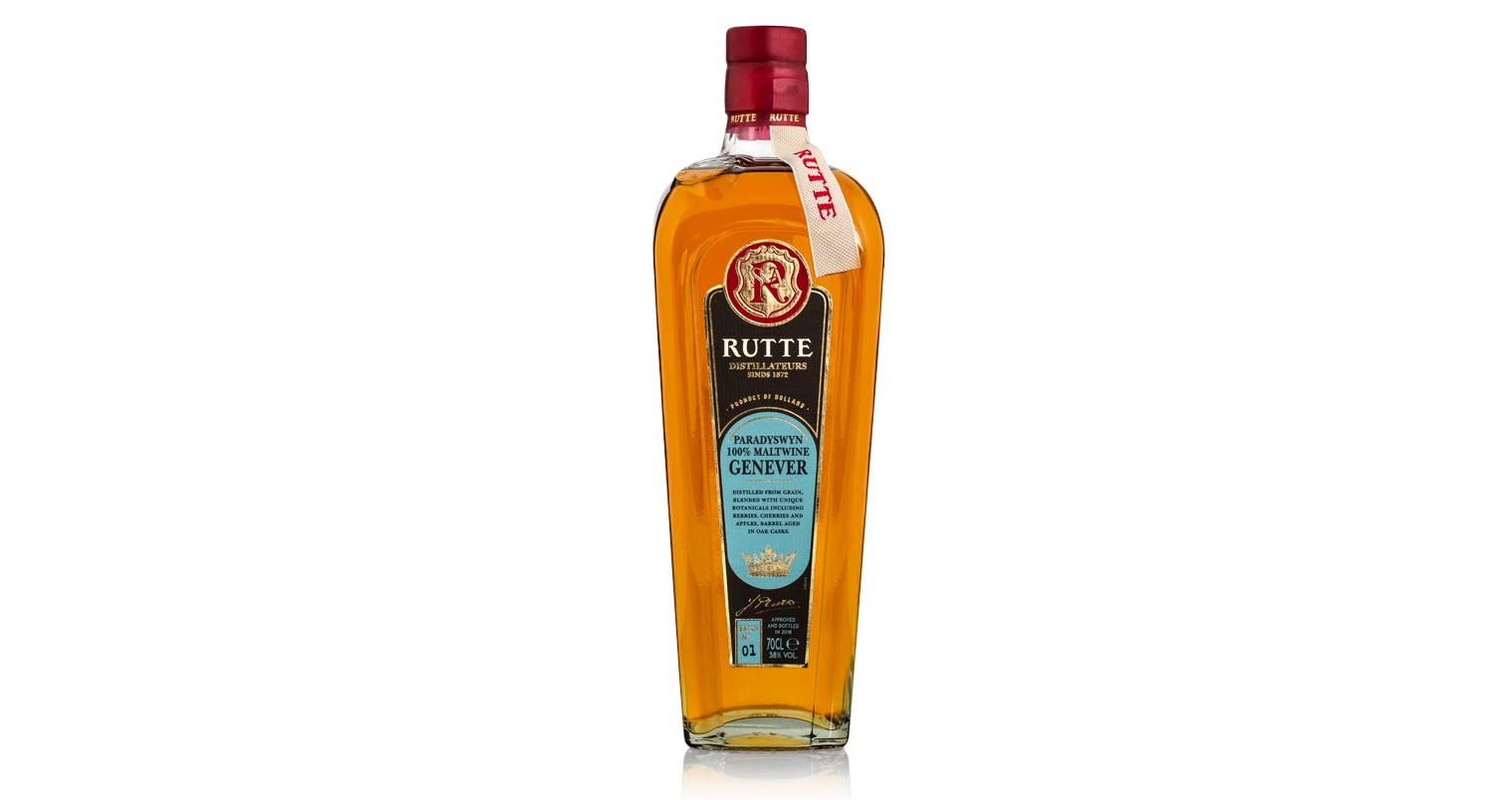



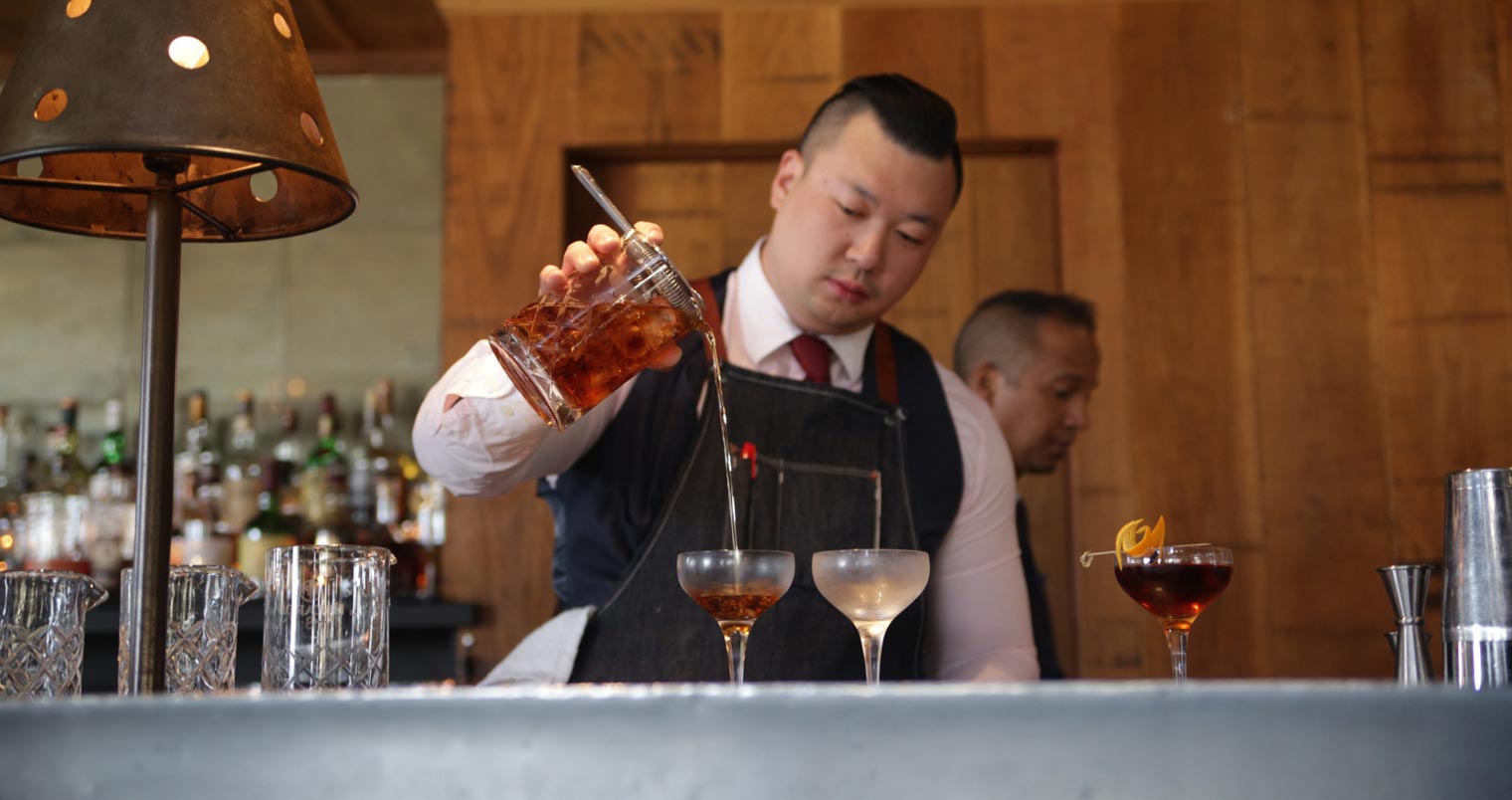












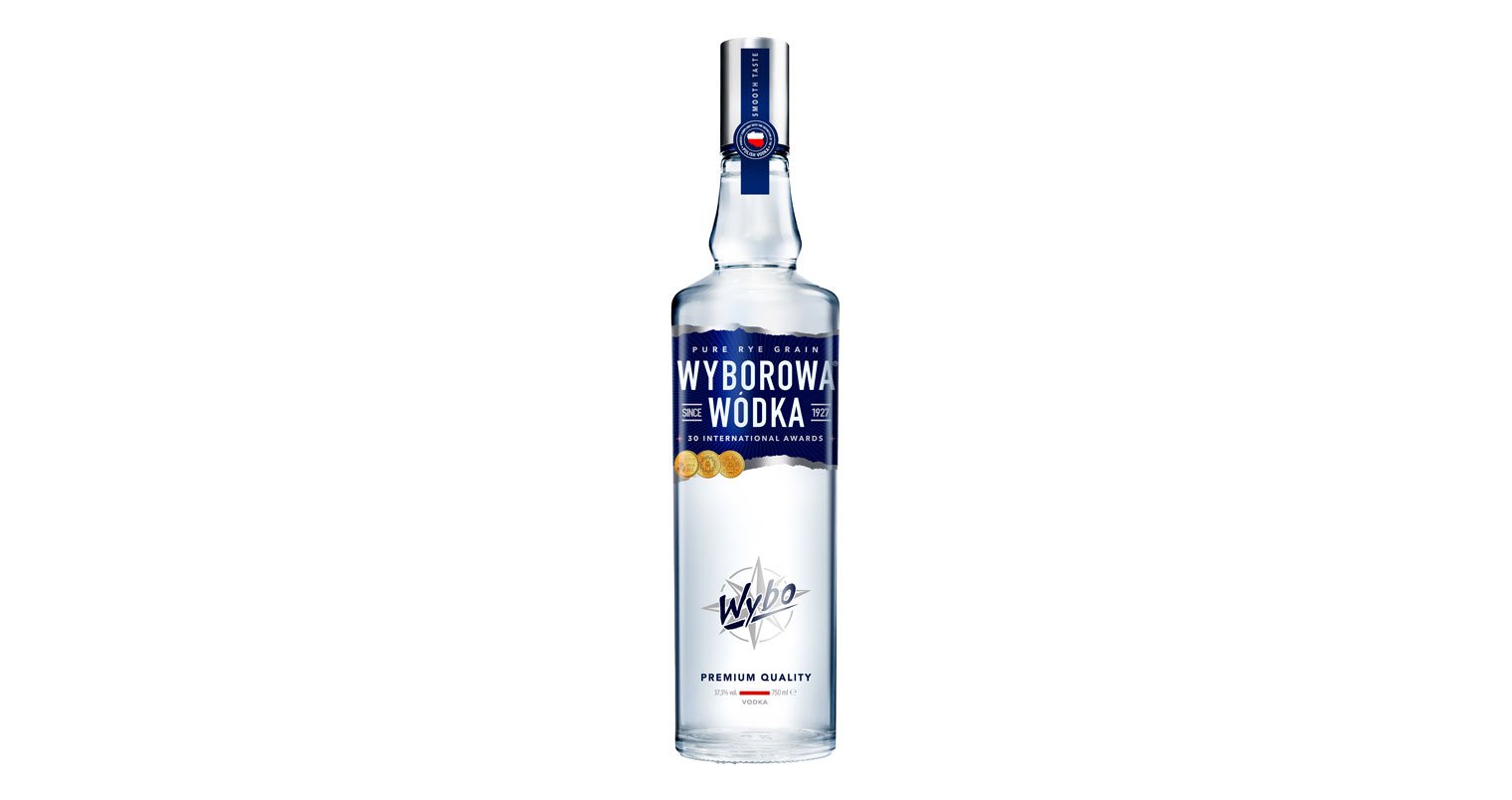








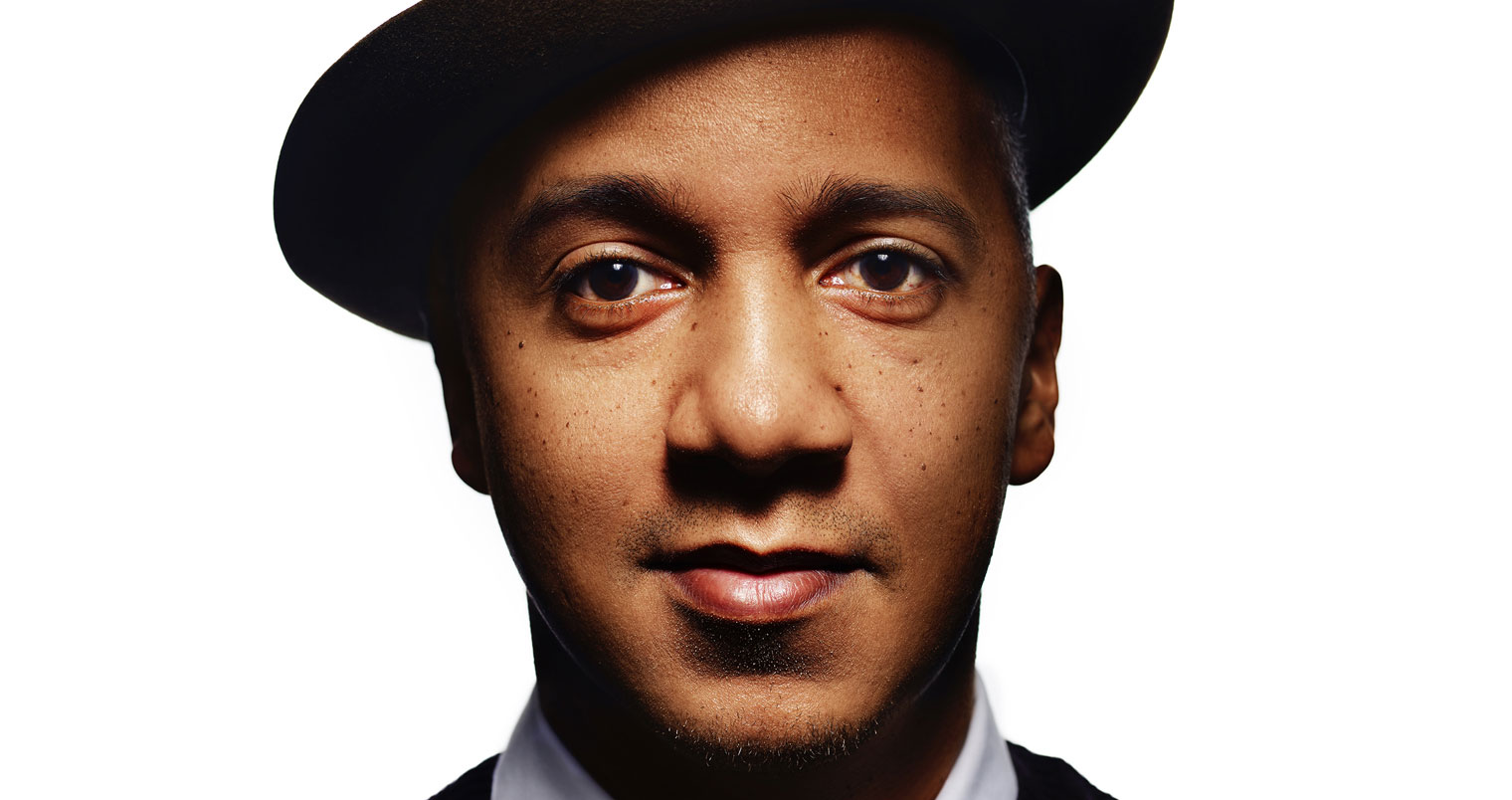







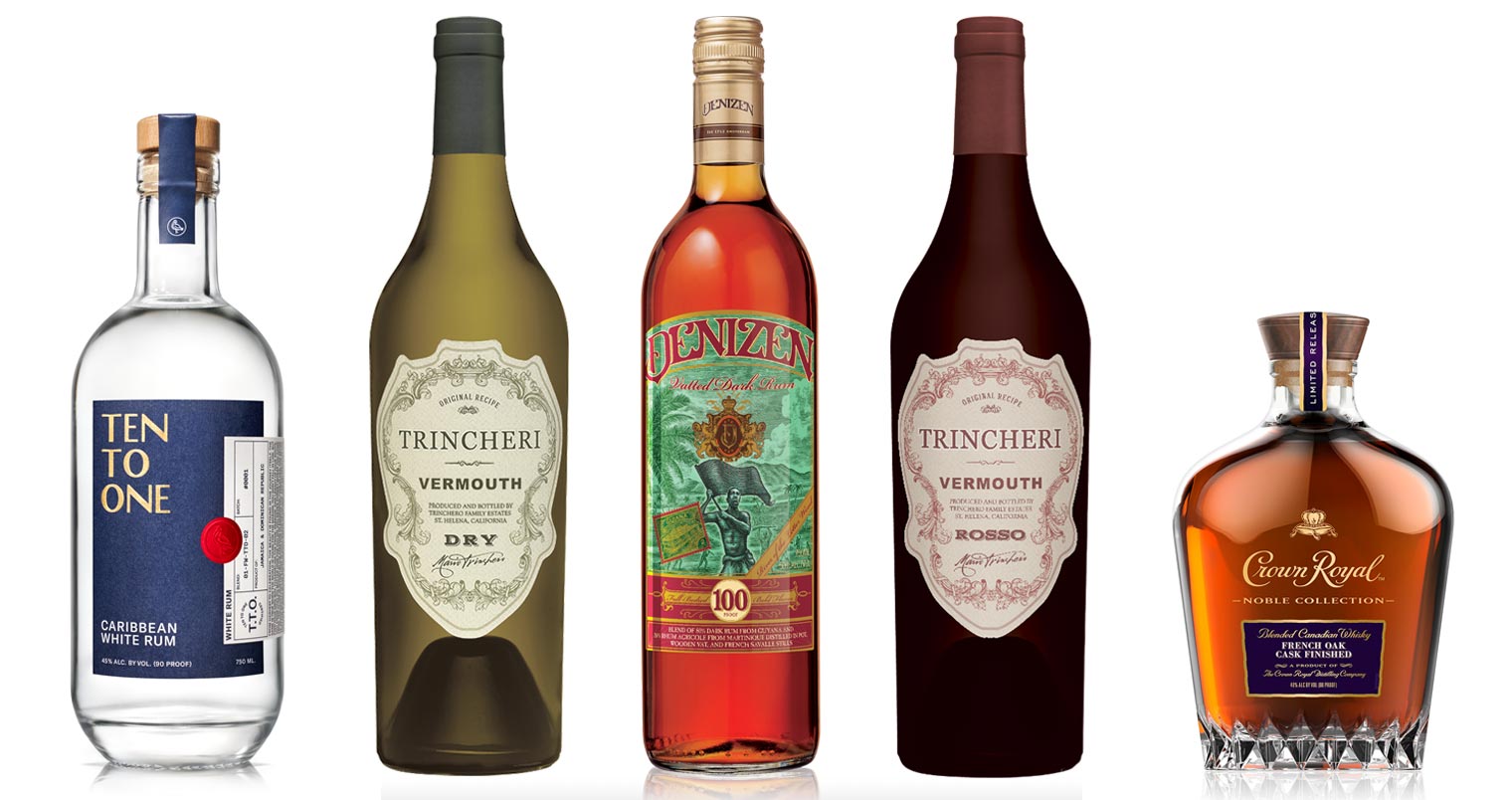






Recent Comments